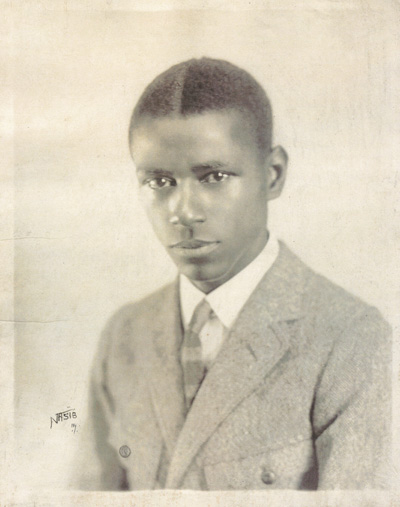
Lemuel James Fowler - His Life and Music by Robert I. Pinsker
|

Some researchers speculated in the early 2000s that perhaps Lemuel Fowler had not been a real name and that perhaps some other African-American musician had been responsible for the work attributed to Fowler. This idea is reminiscent of the fact that when Rudi Blesh and Harriet Janis were researching “They All Played Ragtime” in 1949, some musicians they interviewed speculated that the up-to-then mysterious Joseph F. Lamb might have been a pseudonym of Scott Joplin’s, because nobody in the music business that they spoke with had ever met Lamb. This was dispelled only when Blesh and Janis discovered that Lamb was quietly living in Brooklyn, ever since the late 1910s, and that music had not been his principal occupation.
In the 21st century, the advent of optical character recognition, even for hand-written records like census enumerations, draft registrations, and the like, along with exponential growth in the scanning of historical records by organizations such as Google, Ancestry.com, and Newspapers.com led to an explosion in the range of computer indexable and searchable material, so it became increasingly likely that the mystery of Lemuel Fowler would be finally resolved. I was fortunate enough to resolve much of the mystery in 2011, when I finally located documentation of Fowler’s early life and connected the individual responsible for the music to a person documented in public records as a child. I have been adding detail and filling in missing details since then, and now on the occasion of the tenth anniversary of my finding the key document it seems a good time to review what has been learned about Fowler and indicate the areas where further research may prove fruitful.
In the first set of pages I will present Fowler’s life in chronological order, while in another page, I will discuss how I arrived at these results.
Lemuel Fowler, part I: Childhood
Lemuel Fowler, part II: Chicago
Lemuel Fowler copyrights table